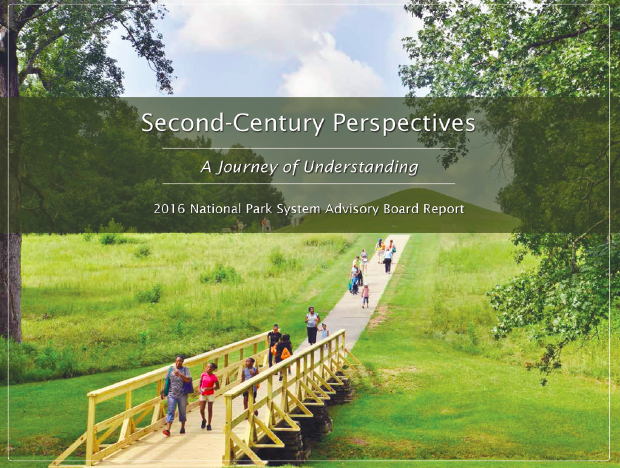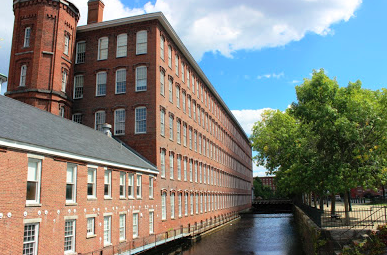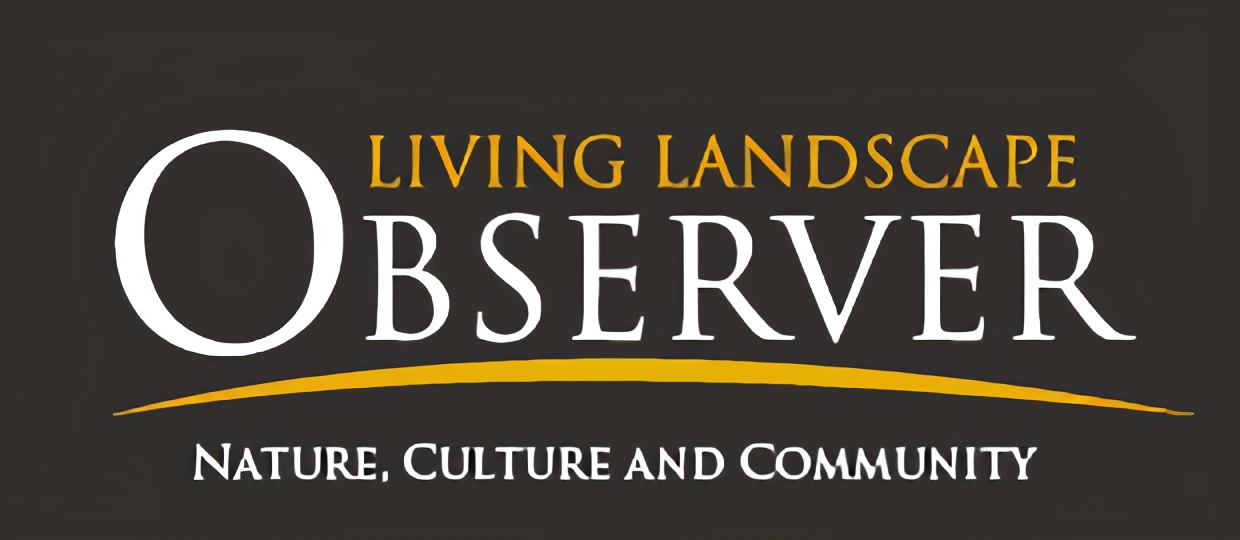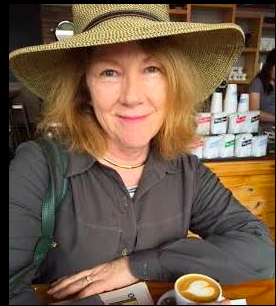To provide observations and information on the emerging fields of landscape scale conservation, heritage preservation, and sustainable community development.
Newsletter
Stay up-to-date with the latest nature, culture and community news.
We won’t spam you or share your information. Newsletters are sent approximately 10 times a year. Unsubscribe at any time.

Northern Rangelands Trust: Building Peace and Security for Pastoral Communities
The Northern Rangelands Trust has been working in the remote arid and semi arid lands of Northern Kenya since 2004 to develop community conservancies that approach conservation and biodiversity through building sustainable communities. The Trust has taken a collaborative approach involving local leaders, government entities, and conservation organizations to collectively work with communities to create sustainable enterprise, peace and security, while working to establish an ecological balance between human and wildlife needs.

Shrinking Bears Ears National Monument: What has been Lost
While most people know the outlines of the story, Bears Ears National Monument has been reduced by over 85%, there has not always been a full discussion of what has been lost. At a recent program (April 13, 2018) Bears Ears National Monument and the Future of Our National Monument sponsored by Johns Hopkins University, William Doelle, President and CEO of Archeology Southwest, said it this way “Personally what I see as so important about the Antiquities Act is that it allows landscape scale, protection, preservation and planning… in Bears Ears for the first time the impetus to use the Antiquities Act to establish a monument came from tribal voices.”

Requiem for an Advisory Board
As 2018 began, a lesser-known but impactful component of America’s national park system, the National Park System Advisory Board, drew national media attention when 10 of its 12 members resigned to protest the refusal of the secretary of the interior to meet with them. Although the board and its activities do not often draw public attention, the mass resignation still “came as a shock,” reported the Los Angeles Times, explaining that “few groups have been closer and more involved in Interior Department policy and management than the National Park System Advisory Board, an appointed and nonpartisan group established 83 years ago to consult on department operations and practices.”

Network for Landscape Conservation: A Lesson in Nature and Culture
The Coordinating Committee of the Network for Landscape Conservation gathered for a picture on Boneyard Beach, Bull Island in the Cape Romaine National Wildlife Reserve in South Carolina. The field trip kicked off an April retreat in Charleston South Carolina to finalize the outcomes of the recent National Forum for Landscape Conservationand to identify strategic initiatives to advance the conservation at a landscape scale.The low country region is a great example of a conserved natural landscape with four Federal Wildlife Refuges, designation as the Carolinian-South Atlantic Biosphere Reserve, and ACE Basin Project that manages over 100,000 of protected lands and estuaries. However, it is the cultural heritage of the region, it is one of the centers of Gullah Geechee culture, that makes the landscape of truly global cultural and natural significance.

Cultural Parks: What Happened?
In the late 1960s and 1970s, a number of communities hoped to gain federal designation as “National Cultural Parks.” In pursuing recognition as “cultural” rather than “historical” landscapes, park supporters sought to upend longstanding National Park Service norms that tended to prioritize fixity over change and the past over the present and possible future evolution of a site. In the end, however, the push for a cultural park category proved elusive with each place instead entering the NPS system under the Historical Park designation.

Northern Rangelands Trust: Building Peace and Security for Pastoral Communities
The Northern Rangelands Trust has been working in the remote arid and semi arid lands of Northern Kenya since 2004 to develop community conservancies that approach conservation and biodiversity through building sustainable communities. The Trust has taken a collaborative approach involving local leaders, government entities, and conservation organizations to collectively work with communities to create sustainable enterprise, peace and security, while working to establish an ecological balance between human and wildlife needs.

Shrinking Bears Ears National Monument: What has been Lost
While most people know the outlines of the story, Bears Ears National Monument has been reduced by over 85%, there has not always been a full discussion of what has been lost. At a recent program (April 13, 2018) Bears Ears National Monument and the Future of Our National Monument sponsored by Johns Hopkins University, William Doelle, President and CEO of Archeology Southwest, said it this way “Personally what I see as so important about the Antiquities Act is that it allows landscape scale, protection, preservation and planning… in Bears Ears for the first time the impetus to use the Antiquities Act to establish a monument came from tribal voices.”

Requiem for an Advisory Board
As 2018 began, a lesser-known but impactful component of America’s national park system, the National Park System Advisory Board, drew national media attention when 10 of its 12 members resigned to protest the refusal of the secretary of the interior to meet with them. Although the board and its activities do not often draw public attention, the mass resignation still “came as a shock,” reported the Los Angeles Times, explaining that “few groups have been closer and more involved in Interior Department policy and management than the National Park System Advisory Board, an appointed and nonpartisan group established 83 years ago to consult on department operations and practices.”

Network for Landscape Conservation: A Lesson in Nature and Culture
The Coordinating Committee of the Network for Landscape Conservation gathered for a picture on Boneyard Beach, Bull Island in the Cape Romaine National Wildlife Reserve in South Carolina. The field trip kicked off an April retreat in Charleston South Carolina to finalize the outcomes of the recent National Forum for Landscape Conservationand to identify strategic initiatives to advance the conservation at a landscape scale.The low country region is a great example of a conserved natural landscape with four Federal Wildlife Refuges, designation as the Carolinian-South Atlantic Biosphere Reserve, and ACE Basin Project that manages over 100,000 of protected lands and estuaries. However, it is the cultural heritage of the region, it is one of the centers of Gullah Geechee culture, that makes the landscape of truly global cultural and natural significance.

Cultural Parks: What Happened?
In the late 1960s and 1970s, a number of communities hoped to gain federal designation as “National Cultural Parks.” In pursuing recognition as “cultural” rather than “historical” landscapes, park supporters sought to upend longstanding National Park Service norms that tended to prioritize fixity over change and the past over the present and possible future evolution of a site. In the end, however, the push for a cultural park category proved elusive with each place instead entering the NPS system under the Historical Park designation.


